Syrian guerilla fighters reportedly trained in Iran
The Syrian government is sending members of its irregular militias for guerrilla combat training at a secret base in Iran in a move to bolster its armed forces.
Thursday, 04.04.2013.
16:57

HOMS The Syrian government is sending members of its irregular militias for guerrilla combat training at a secret base in Iran in a move to bolster its armed forces. The discreet program has been described as an open secret in some areas loyal to President Bashar al-Assad, who is trying to crush a revolt against his family's four-decade hold on power, Reuters has reported. Syrian guerilla fighters reportedly trained in Iran A Syrian government security source, who declined to be named, has denied that Syria is sending troops to Iran. Iran, a Shiite rival to Sunni countries in the Gulf that support the rebels, sees Syria as the lynchpin of its regional influence. “We train our own special forces for this type of combat. Since 2006 we have had units trained in guerrilla warfare, why would we need to send people to Iran," he said. No one at Iran's foreign ministry was available for comment, but Iranian officials have repeatedly denied military involvement in the Syrian conflict, saying they have only provided humanitarian aid and political support for Assad, Reuters pointed out. Syrian residents living in areas controlled by the army or militias say irregular forces have been increasingly "regularized" in recent months. These groups now brand themselves as the "National Defense Army" and seem to operate as a parallel force to the official armed forces - more lightly armed but without any of the oversight or responsibilities. The trainees interviewed said they were divided into groups. Some trained as ground forces with automatic rifles and mounted anti-aircraft guns, others as snipers. The groups were all flown from Latakia air base to Tehran International Airport and then directly bussed to an undisclosed location, they said. "As soon as we arrived we were put on buses with windows covered by curtains and they told us not to open the curtains. We drove about an hour and a half before reaching the camp. It was straight from the airport to the camp, from the camp to the airport. We didn't see anything other than that camp," said the fighter Samer. All four combatants, who come from different towns and different militias, separately described the same experience. They said they were usually grouped into units of about 60 for training. The fighters said they were trained by Iranian officers who spoke Arabic but also relied on translators, Reuters reports. Sameer, another militiaman from Homs, said that “there were some groups from Hezbollah training at the same base but there was no communication between our groups”. He noted that he thought that “their training was tougher than ours” The fighters say that training in Iran is much better than in Syria. Iran has supported and helped train Syria's army under long-standing military cooperation agreements, but a push into training its paramilitary forces could aggravate regional rivals such as Israel, which is particularly wary of Syrian groups increasing coordination with Hezbollah, or Saudi Arabia, Reuters has reported. Israel's intelligence chief and a Western diplomat have said Iran, Assad's main backer, is helping to train at least 50,000 militiamen and aims to increase the force to 100,000. According to fighters interviewed in Homs, most men sent to undergo the training are from the Alawite sect, the heterodox strain of Shiite Islam of which Assad himself is a member. A smaller number were Druze and Christians, whose communities are divided but largely support Assad due to their fears of rising Islamist rhetoric among the opposition. "The Iranians kept telling us that this war is not against Sunnis but for the sake of Syria. But the Alawites on the course kept saying they want to kill the Sunnis and rape their women in revenge," said Samer. The fighters also appear to come largely from minority groups that have supported Assad against the mostly Sunni Muslim-led uprising. Such a move could exacerbate the dangerous sectarian dimensions of a conflict that has turned into a civil war that has cost the lives of more than 70,000 people, the British agency points out. (Beta/AP) Tanjug
Syrian guerilla fighters reportedly trained in Iran
A Syrian government security source, who declined to be named, has denied that Syria is sending troops to Iran. Iran, a Shiite rival to Sunni countries in the Gulf that support the rebels, sees Syria as the lynchpin of its regional influence.“We train our own special forces for this type of combat. Since 2006 we have had units trained in guerrilla warfare, why would we need to send people to Iran," he said.
No one at Iran's foreign ministry was available for comment, but Iranian officials have repeatedly denied military involvement in the Syrian conflict, saying they have only provided humanitarian aid and political support for Assad, Reuters pointed out.
Syrian residents living in areas controlled by the army or militias say irregular forces have been increasingly "regularized" in recent months. These groups now brand themselves as the "National Defense Army" and seem to operate as a parallel force to the official armed forces - more lightly armed but without any of the oversight or responsibilities.
The trainees interviewed said they were divided into groups. Some trained as ground forces with automatic rifles and mounted anti-aircraft guns, others as snipers.
The groups were all flown from Latakia air base to Tehran International Airport and then directly bussed to an undisclosed location, they said.
"As soon as we arrived we were put on buses with windows covered by curtains and they told us not to open the curtains. We drove about an hour and a half before reaching the camp. It was straight from the airport to the camp, from the camp to the airport. We didn't see anything other than that camp," said the fighter Samer.
All four combatants, who come from different towns and different militias, separately described the same experience. They said they were usually grouped into units of about 60 for training. The fighters said they were trained by Iranian officers who spoke Arabic but also relied on translators, Reuters reports.
Sameer, another militiaman from Homs, said that “there were some groups from Hezbollah training at the same base but there was no communication between our groups”. He noted that he thought that “their training was tougher than ours”
The fighters say that training in Iran is much better than in Syria.
Iran has supported and helped train Syria's army under long-standing military cooperation agreements, but a push into training its paramilitary forces could aggravate regional rivals such as Israel, which is particularly wary of Syrian groups increasing coordination with Hezbollah, or Saudi Arabia, Reuters has reported.
Israel's intelligence chief and a Western diplomat have said Iran, Assad's main backer, is helping to train at least 50,000 militiamen and aims to increase the force to 100,000.
According to fighters interviewed in Homs, most men sent to undergo the training are from the Alawite sect, the heterodox strain of Shiite Islam of which Assad himself is a member.
A smaller number were Druze and Christians, whose communities are divided but largely support Assad due to their fears of rising Islamist rhetoric among the opposition.
"The Iranians kept telling us that this war is not against Sunnis but for the sake of Syria. But the Alawites on the course kept saying they want to kill the Sunnis and rape their women in revenge," said Samer.
The fighters also appear to come largely from minority groups that have supported Assad against the mostly Sunni Muslim-led uprising. Such a move could exacerbate the dangerous sectarian dimensions of a conflict that has turned into a civil war that has cost the lives of more than 70,000 people, the British agency points out.


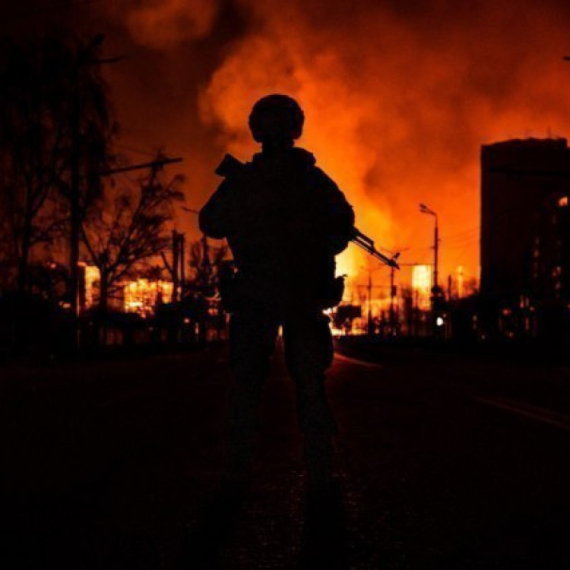



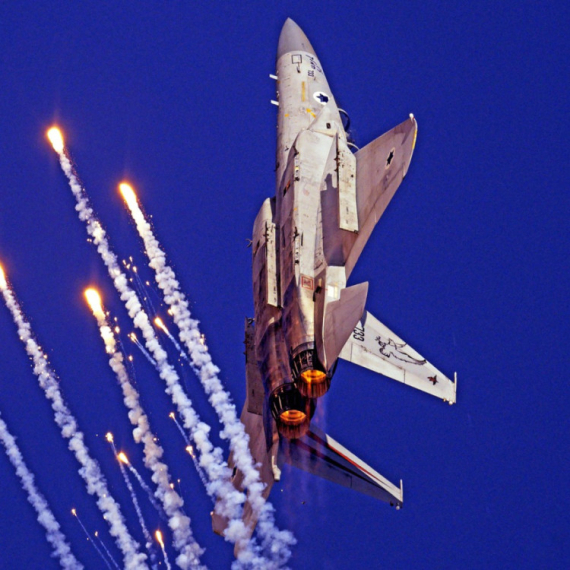



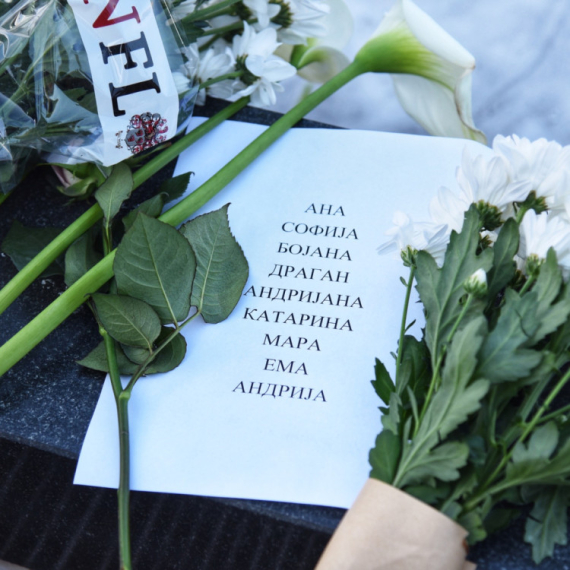


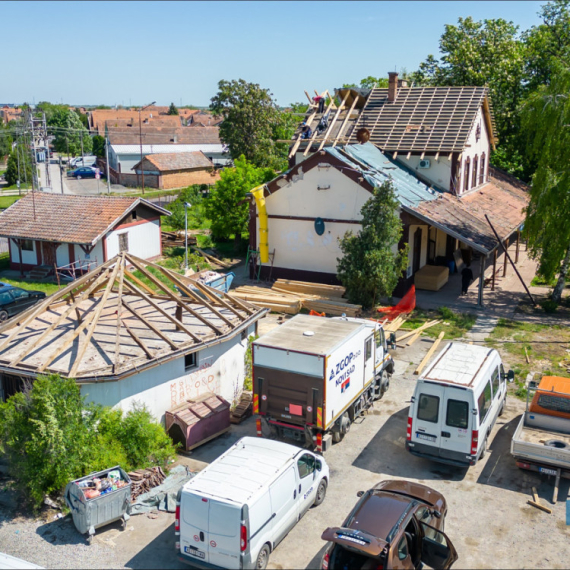

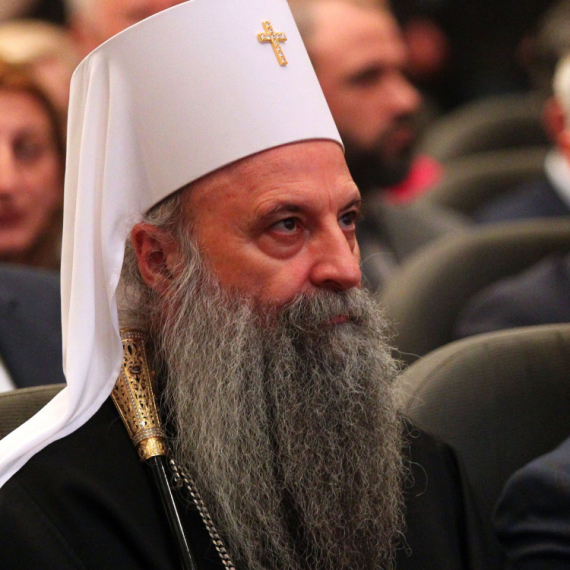


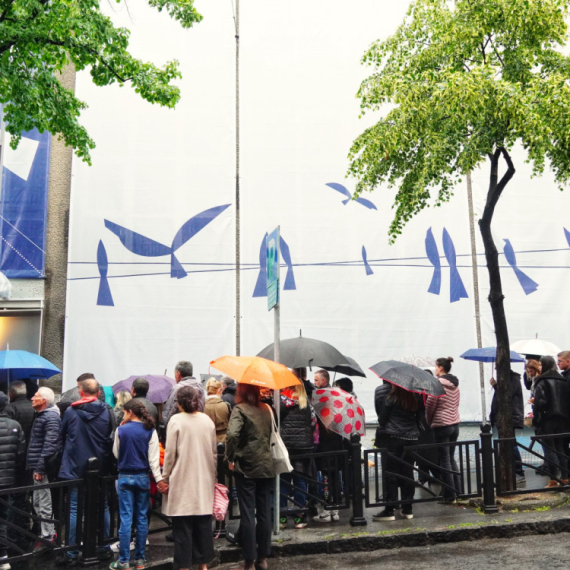














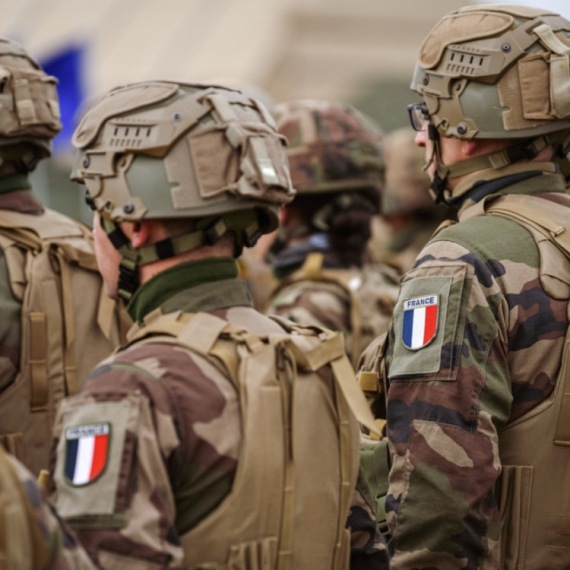
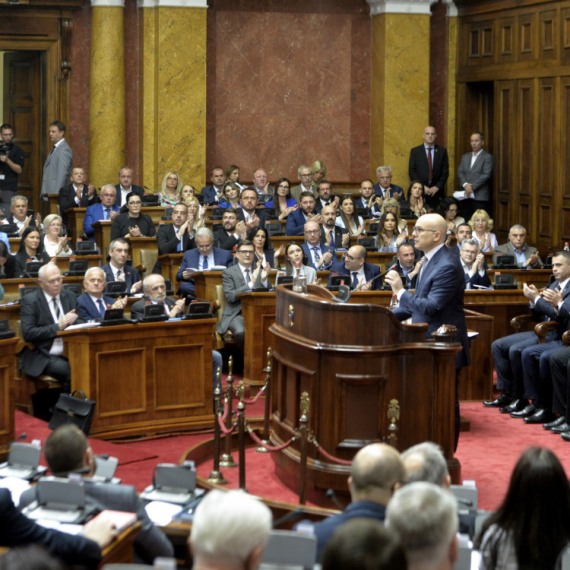


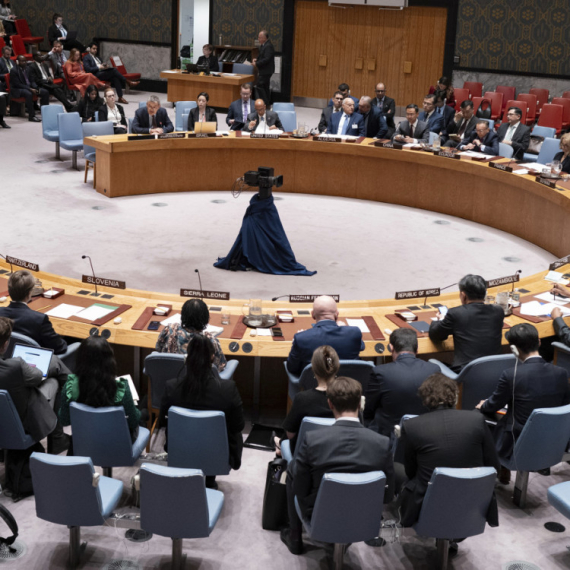





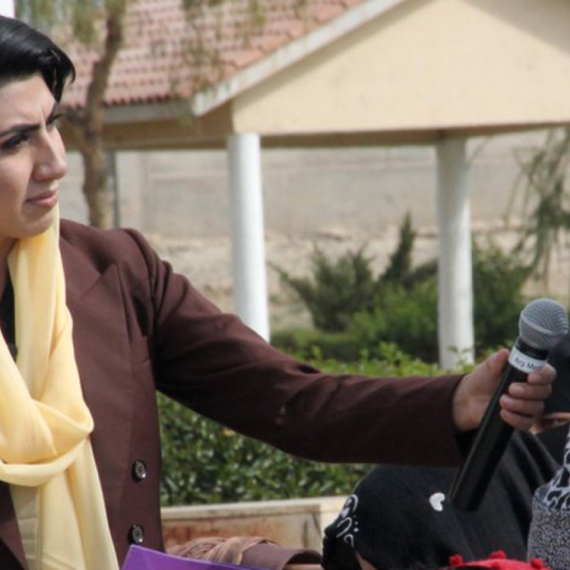
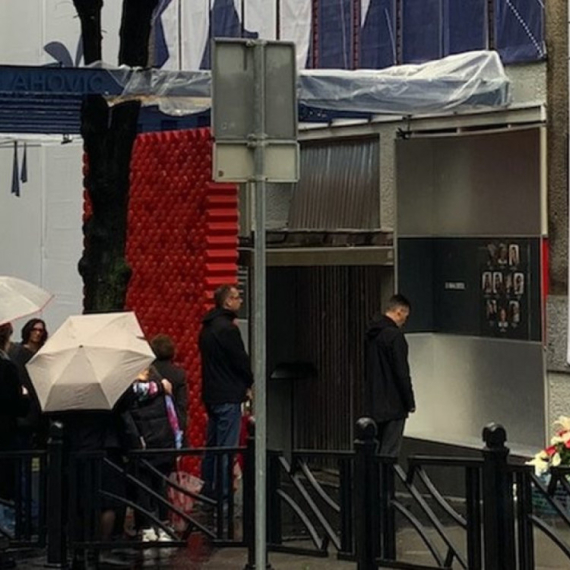
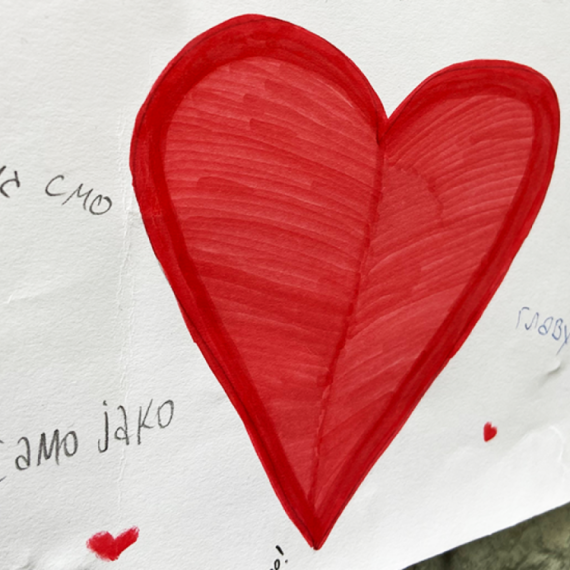
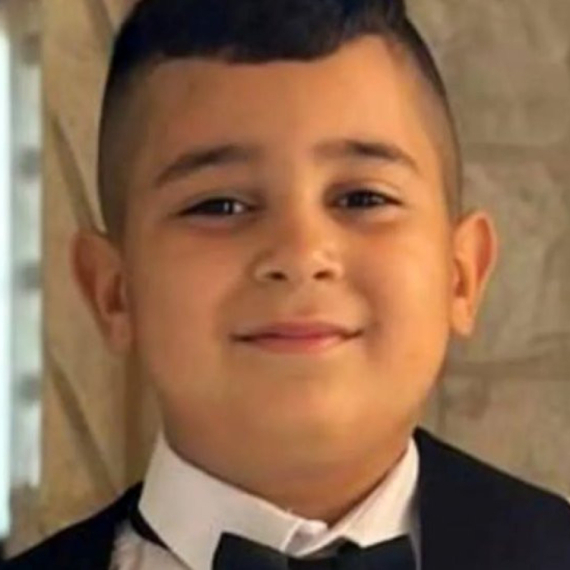


Komentari 5
Pogledaj komentare